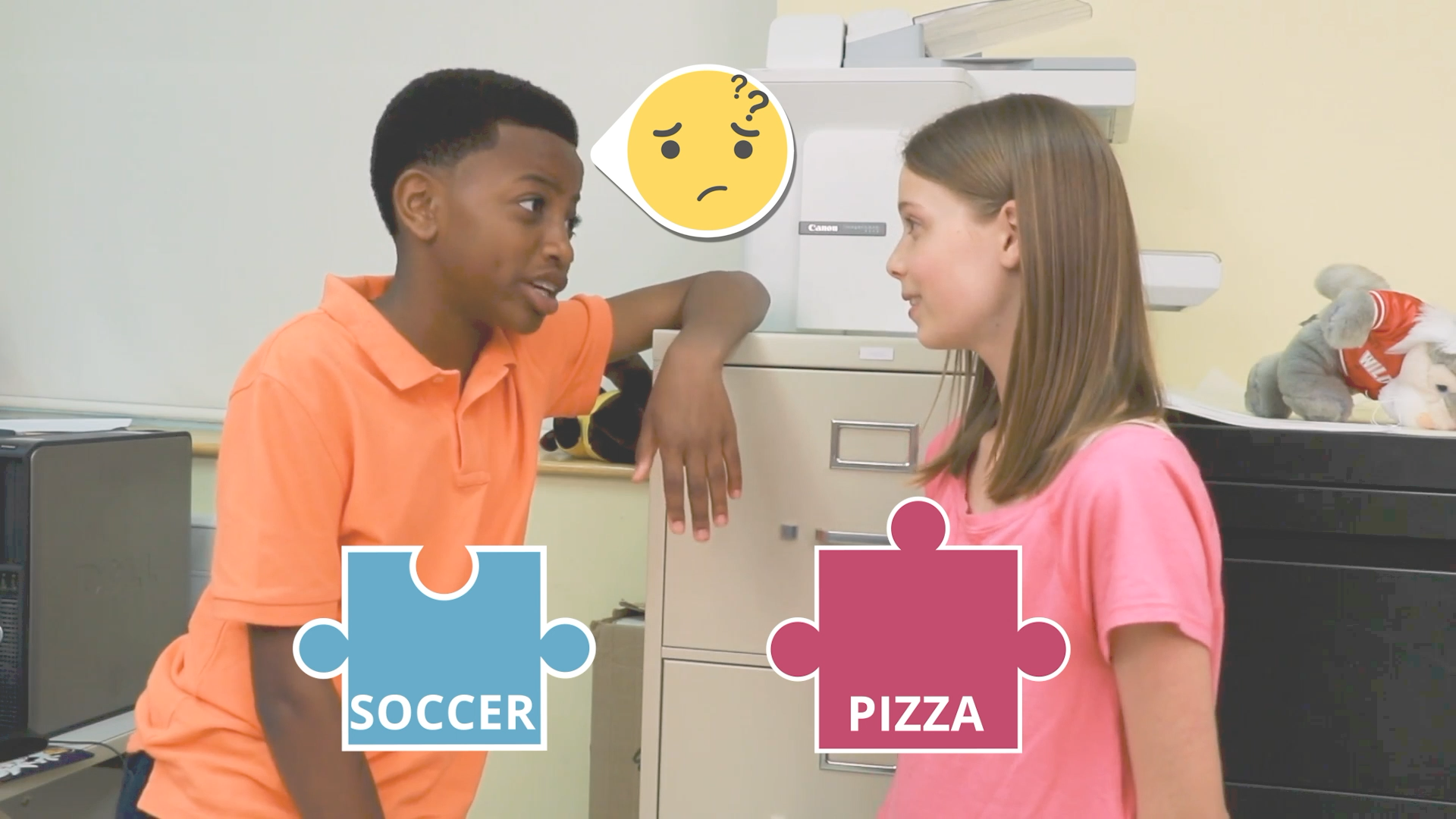
Introduction
In social interactions, making connected comments is essential for maintaining meaningful conversations. When we make connected comments, we demonstrate that we are actively listening and engaging with the topic at hand. This skill is crucial for students to develop, as it fosters effective communication and creates a sense of empathy and understanding among peers. In this blog post, we will discuss how to teach Kindergarten students the importance of connected comments in conversations and provide a simple, no-prep activity to practice this skill. We will also explore related skills and offer resources to further enhance students’ social-emotional learning.
No-Prep Activity
This no-prep activity, called “Topic Train,” requires no materials and can be easily implemented in the classroom. The goal of this activity is to help students practice making connected comments by keeping a conversation on track through a series of related statements and questions.
- Have students sit in a circle.
- Choose a student to start the conversation with a statement or a question about a specific topic (e.g., their favorite animal).
- The next student in the circle should make a connected comment or ask a related question, keeping the conversation on the chosen topic.
- Continue around the circle, with each student making connected comments or asking related questions.
- If a student makes an unrelated comment, gently remind them to stay focused on the topic and give them another chance to make a connected comment.
- After a few rounds or when the conversation naturally comes to an end, choose a new topic and start again.
This activity helps students practice listening, thinking about the topic, and responding with connected comments or questions. It also encourages them to be mindful of how their comments affect the flow of the conversation.
Discussion Questions
After completing the “Topic Train” activity, use these discussion questions to further explore the importance of connected comments:
- Why is it important to make connected comments in a conversation?
- How does making connected comments show that you are listening and care about what the other person is saying?
- What can happen if we don’t make connected comments in a conversation?
- How can we practice making connected comments in our everyday conversations?
- Can you think of a time when someone made a connected comment in a conversation with you? How did it make you feel?
Related Skills
Teaching students to make connected comments is just one aspect of social-emotional learning. Other relevant skills that can help students develop effective communication and empathy include:
- Active listening
- Empathy and understanding
- Asking open-ended questions
- Reading non-verbal cues
- Respecting others’ opinions and feelings
By fostering these skills, students can become better communicators and more empathetic individuals, strengthening their social-emotional development.
Next Steps
To further explore the concept of connected comments and other social-emotional learning skills, sign up for free samples of our resources at Everyday Speech. These materials will provide you with additional tools and activities to help your students develop strong communication and interpersonal skills, setting them up for success in all aspects of life.

